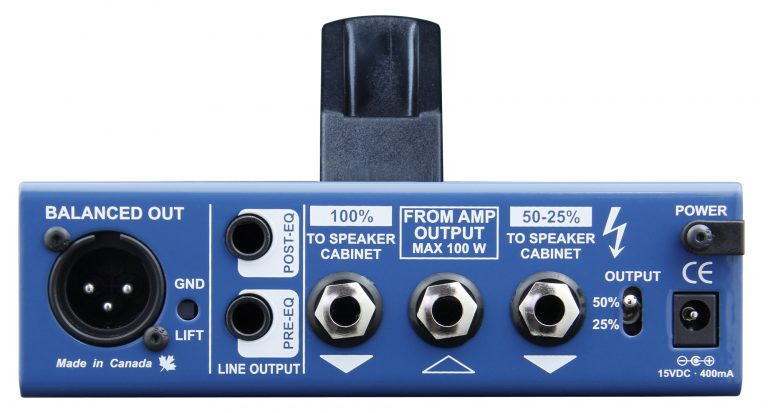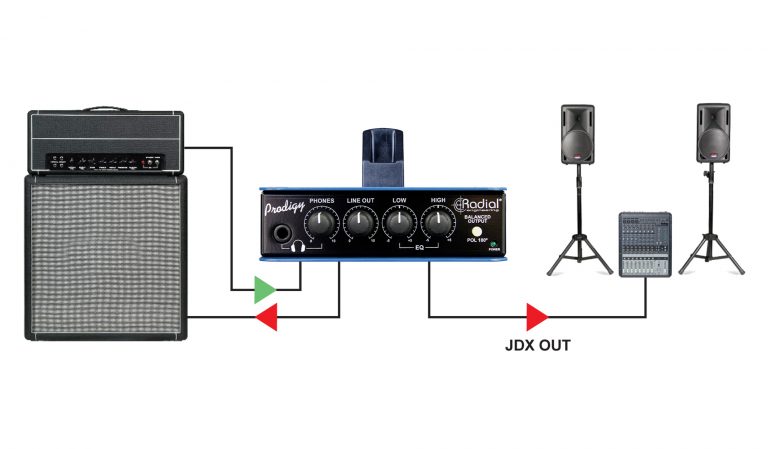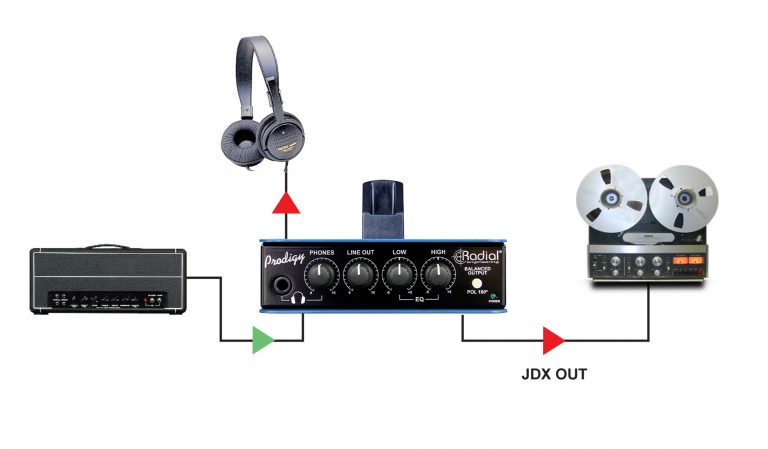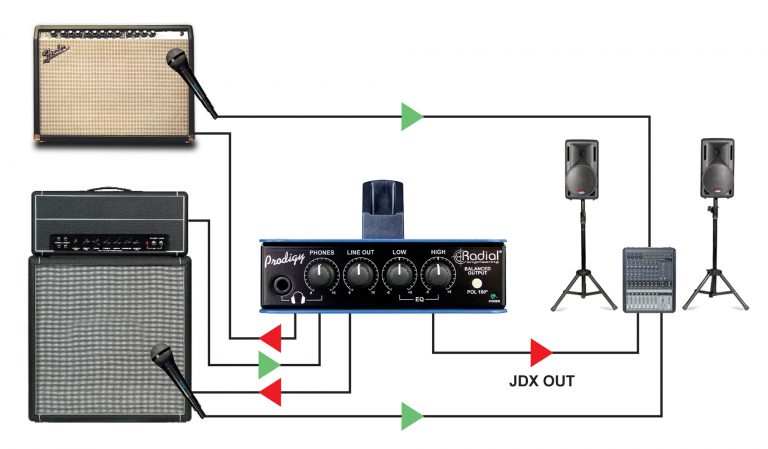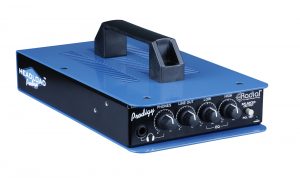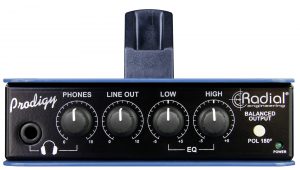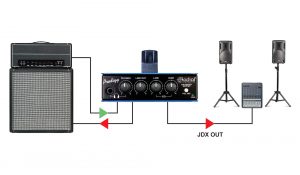If you don't see the question you had in mind here, feel free to enter in the form provided along with your email address so we may send the reply directly to you. Thanks for your participation!
What is the difference between preamp distortion and power amp distortion?
Most guitar amps have a master volume control that lets you reduce the amount of signal going to the power amp section of the amp. This lets you increase the preamp drive to create preamp distortion. Although this sounds cool, many players prefer the tone of driving the power amp output hard to create a more natural distortion.
Will the Headload™ work without the DC power supply?
It will attenuate the signal by 50%, 75% or 100% depending on how you have it connected, but since the JDX™ cabinet emulation is active, the balanced output will not work.
Does the Headload reduce the output by 50% volume or 50% power?
This is a complex question. As a general rule, in order to reduce the perceived loudness (stage volume) by half, you must attenuate the power output by 10dB. Reducing the power output by half results in only 3dB of attenuation. This is why a 50 watt Marshall sounds almost as loud as a 100 watt version. The Prodigy actually reduces the power by a factor of approximately 8 in order to drop the stage volume by 10dB or half (50%) the perceived loudness.
Can I use my 8 Ohm Prodigy with a 4 Ohm amp or cabinet?
Yes, but you will not optimize the signal path. Matching the impedance will not only sound better, but extend the life of your tubes.
Will the high and low EQ controls affect the tone of my speaker cabinet?
No. They only affect the tone coming from the JDX balanced XLR output.
Can I use the Prodigy on both solid state and tube amps?
Yes, it is perfectly safe for use with all types of guitar amps.
Can I use the Headload Prodigy on a bass amp?
Yes. But be careful, some bass amps have extra high output levels, so you must keep in mind that the Prodigy is only equipped to handle 100 watts RMS.
What is the benefit of using the Headload Prodigy on bass?
If you have a bass amp like an old Fender Bassman™ or Ampeg B15™, you can drive the amp hard to get tube distortion. This acts like a natural limiter that can sound great on stage and in the studio.
What is the big deal about discrete electronic circuits?
Discrete or individual transistors allow the electronic design engineer to minimize phase-cancelling negative feedback at each gain stage instead of using integrated chips that incorporate thousands of transistors (and tons of negative feedback) in a small package.
Does the Headload Prodigy use any chips?
Not in the audio signal path – only for the practice headphone amp.
Will 48V phantom power damage the Headload Prodigy?
No. The Prodigy is equipped with DC blocking capacitors that will protect it from 48 volt phantom.
Does the Headload Prodigy use a reactive or resistive based load for the attenuation?
The Headload Prodigy uses a resistive load.
I have read that a resistive load can be harder on the amplifiers tubes than a reactive load, is this true?
No, that statement is simply untrue. In fact it is rather the opposite, where an active load is harder on tubes than resistive load because of the speaker’s “counter electromotive force” phenomena – this is especially the case with amplifiers which have a very low damping factor.




